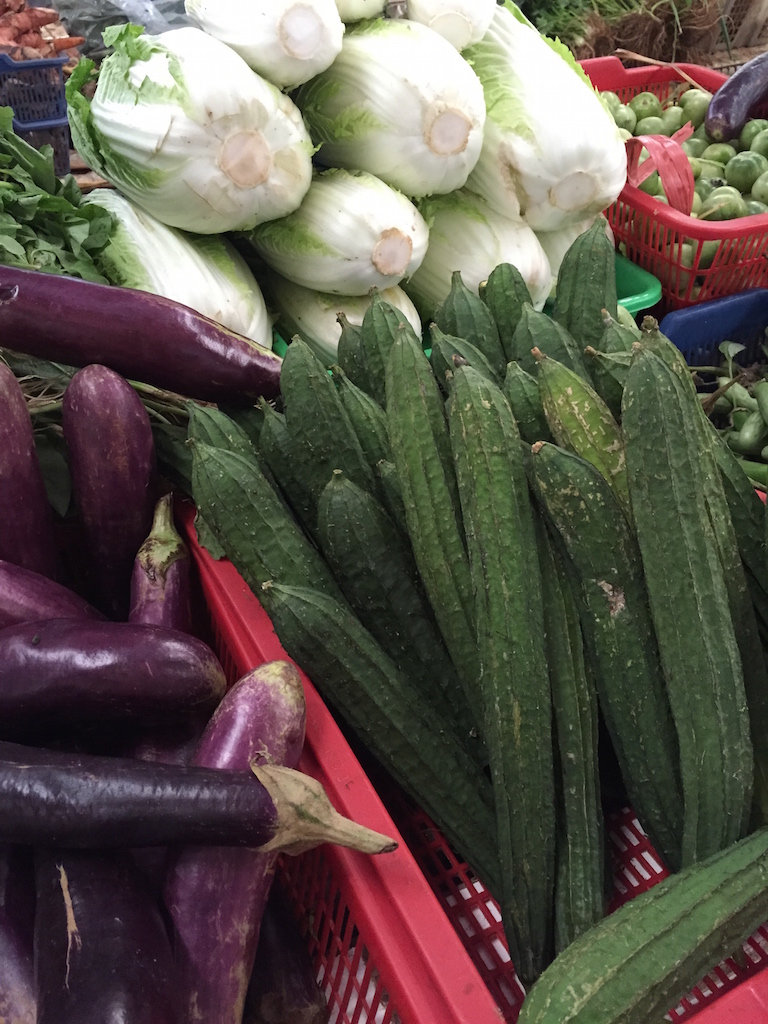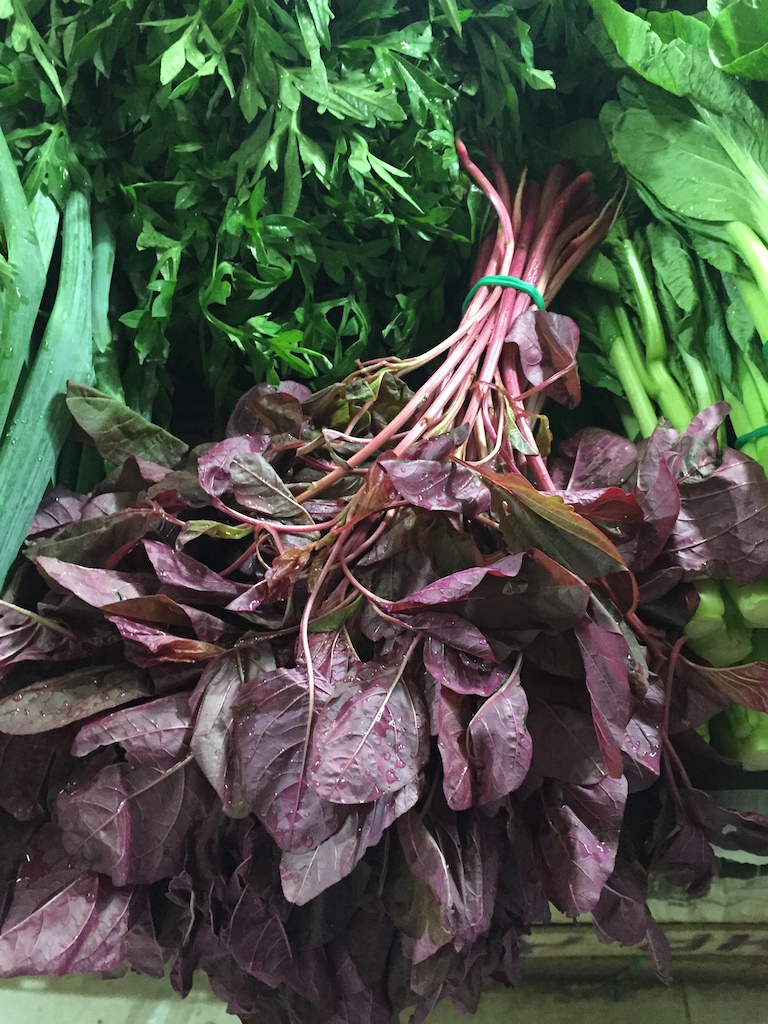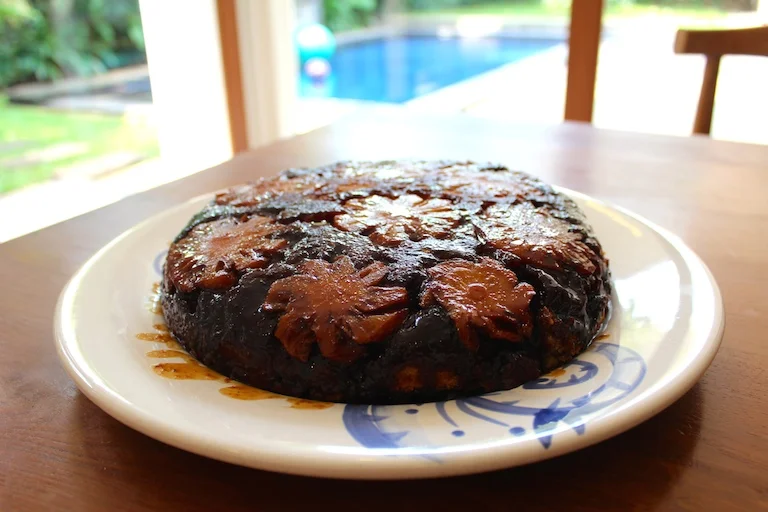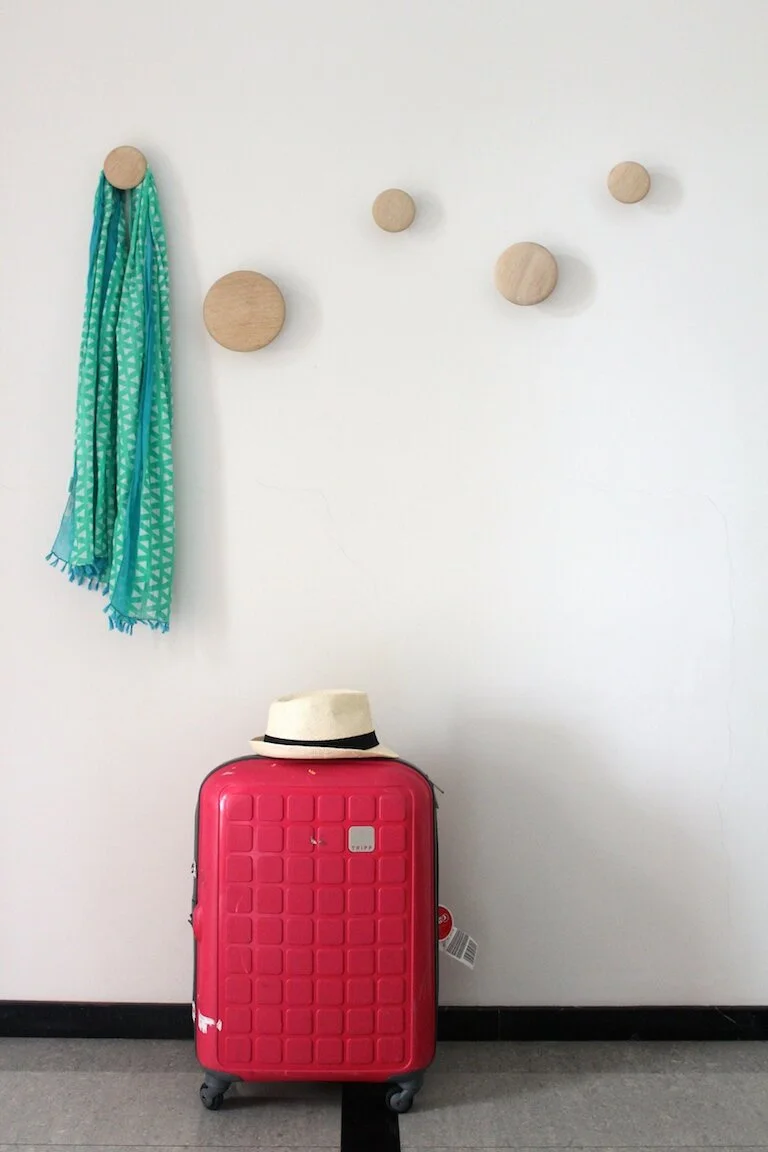Growing your own produce in Jakarta
Today's ajb blog post is all about 'Growing your own produce in Jakarta'; in particular what you need to get started and advice on establishing a successful garden.
Why this story? Well, after arriving in Jakarta I felt some confusion about what we were eating. 'Where are things being grown?' and 'In what conditions?' were regular thoughts to cross my mind as I perused the fresh produce aisles. If a product was imported, from where?
What I ultimately realised was I genuinely do need to know (as much as possible), where the food we are consuming is being grown and in what conditions.
In Australia most of the fresh produce we enjoy is grown somewhere on the vast continent and because of this, we have a confidence in its integrity and quality. Moving to Indonesia meant an opportunity to try new fruits, vegetables and herbs. How exciting! But is also evoked new questions. So in an attempt to establish some sense of control, our family decided to build our own vegetable garden in Jakarta.
As our garden started to reward us with fresh produce, we developed a sense of awareness of what is being grown locally. I'm happy to say that my initial trepidation has been replaced with a sense of excitement for the abundance of local produce on offer and my culinary repertoire has been enriched with the addition of new ingredients.
So our advice to you? Take a few minutes and get reading below. Establish your own veggie garden and regardless of how big (or small) it is, you will be rewarded.
Good luck and enjoy!
5 suggestions to get you 'growing your own produce in Jakarta' in no time...
1. Select a sunny/partly shaded location in which to establish your garden.
2. Select your tubs and potting mix (or a designated garden bed) bearing in mind the needs of what you will grow (eg: how much growing space will be required).
Larger tubs are generally better as the soil is less inclined to dry out. They also allow you to provide ample space for the growth of your seedlings
Long, widow-box style planters are ideal for seedlings with more superficial roots. They are also easier to move around to capture the best growth conditions. We are growing rocket in these tubs
3. Purchase your seeds or seedlings
You can buy herbs ready to plant from supermarkets and pasars. Purchase of seeds can be made at hardware stores
4. Purchase gardening tools and materials to nurture and tend to your garden. We suggest a watering can or hose, fork, trowel and if possible, a composting bin.
No need for fancy tools. A sprinkler wand to attach to your hose, a sturdy fork and a trowel will do the trick.
Note: When working with potting mix, it is advisable to wear gardening gloves as well as a mask.
5. Build a trellis (or some type of open framework for climbing seedlings). We created our own by separating bamboo into strips and securing them into a lattice frame using cable ties.
Create your own trellis so your 'climbers' can grow towards the sunlight
10 easy tips for establishing your successful Jakarta vegetable garden
1. Start small
Select 2 - 3 things that you would like to try and give them a go. Plant something that is easy to grow (a pineapple perhaps?) If your seedlings don’t take off immediately, don’t despair; instead store the seeds in an airtight container away from direct sunlight and try again at a different time of the year.
From our experience, high humidity and/or significantly elevated temperatures for prolonged periods of time play havoc with seedlings (in particular tomatoes). Remember the adage, ‘If at first you don’t succeed, try and try again!’
Pineapples are extremely easy to grow. To get your pineapple plant started simply cut off the top of a ripe pineapple, allow to dry for a few hours then place in a large tub of potting mix. Position in indirect sunlight until established. Once the plant has settled, move it into a sunny position and water regularly
2. Keep an eye on how much water your garden is receiving
Make sure your pots are elevated and not sitting in a pool of water. This will prevent the roots from drowning and by minimising the amount of water lying stagnant, you will reduce the opportunity for mosquitoes to breed.
3. Drought-proof your garden
Anyone living in Jakarta for the past six months would realise that Jakarta and the best part of Indonesia is enduring drought conditions. So rather than plant crops that require an abundance of water, select seedings that are more hardy and require less water. Check the side of seed packets for water requirement.
4. Be flexible with the layout of your garden
The beauty of growing in pots is that you can move your garden around to achieve the best conditions for your plants. Keep an eye on your plants, especially in their early ‘seedling’ days when they are most vulnerable. If they seem to be receiving too much sun, move them to a more shaded location.
5. Keep an eye out for insects - both good and bad
On citrus plants (eg: jeruk nipis) watch out for caterpillars which can be well-camouflaged. Physically remove them and ensure they can’t simply move to a new ‘home’ (the sole of your shoe might help minimise this).
Jeruk Nipis (key limes) are a staple in Indonesian cuisine
To aid with pollination, make sure you are encouraging the presence of bees, butterflies and beetles in your garden. The addition of flowering plants to your garden will attract pollinating insects thus maximising the chance of a healthy crop. Alternatively, establish your garden around existing flowering plants.
The presence of flowers in your garden will increase the chance of cross-pollination by insects; hopefully resulting in your garden yielding more produce!
6. Buy from local, small suppliers where possible.
Have your driver drop you at one of the many roadside nurseries in Jakarta and browse the vast array of plants and materials for sale. You can spend a couple of hours simply ‘window shopping’. No doubt the vendors will also recommend where you can purchase anything else that they do not have in stock (normally somewhere nearby). Once you have worked out what you want and have inquired about price (it is expected that you bargain for the best price), make your purchase.
If however you are not sure, ask your driver to return on your behalf and bargain for the best price. Don’t worry, they will cut a deal that will still allow the vendor to make a nice margin but should also achieve a price tag less than what you were quoted.
Street-side nurseries stock a lot of the materials and supplies to get your garden started
7. Get the soil right!
Years of torrential rain and harsh sun result in little life remaining in most suburban soil in the tropics. When you're starting out, you will need to focus on creating good soil. You can achieve this by using heavy mulch and manure as well as “green” manure created by mulching leaves and branches. Adding composted kitchen scraps will also fortify your soil. You should be able to pick up some organic fertiliser at your local nursery. Mixing this into your soil will increase the strength of the soil, supporting the growth of your plants.
8. Talk to others who have established their own gardens.
Are your friends growing their own produce? If you are living in Jakarta, what about your staff? - what are they growing in their gardens? No doubt they will be able to share their knowledge of what is growing well right now and when to plant certain crops. Why guess when there is local knowledge readily available around you.
9. Plant something that you are not familiar with.
Why not try to diversify your fresh produce repertoire with some new vegetable or herb? We are currently enjoying oyong, which is grown locally in Jakarta and is a lovely addition to vegetable soups, imparting a sweet flavour.
From left to right: terong (eggplant) and oyong
10. Share your spoils.
Too many chillies on your chilli bush? Harvest them and share with your friends and staff. Don’t let excess produce go to waste. I bet that if you share any of your surplus, your generosity will be reciprocated.
Chilli plants are often hardy and happily grow in a pot. Their yield is very generous so share!
What we have had success in growing...
Lemon basil (kemangi)
Cherry and roma tomatoes
Pineapples
Cucumbers
Beans
Chillies
Bananas
Pandan leaf
Jeruk nipis (local limes)
Rocket
What we are keen to try growing next...
1. Mixed herbs including: lemongrass, coriander and mint
Using freshly grown herbs in our ajb noodle salad is a delight to the taste buds and to the senses!
2. Local spinach (bayam hijau and bayam merah)
Local spinach (bayam hijau)
Bayam merah can also be grown in a Jakarta garden
3. Aloe vera, ginger, snake beans and pawpaw.
Gardener's Notes:
Snake beans (Jacana panjang)
Snake beans are a fast crop that can yield produce within 7 weeks of planting seeds. Snake beans are an annual crop, although in the wet tropics you can plant snake beans all year round. There are both dwarf varieties and climbing varieties of snake beans.
Snake beans are a delight chopped and added to both stir fries and curries. They can also be steamed and added to nicoise salad.
Snake beans
Pandanus amaryllifoliu (Pandan leaf)
Pandan is regularly found in Indonesian cuisine, in particular in sweets and cakes. It imparts a vivid green colour and has an unusual yet pleasant flavour that has been described as a cross between coconut and citrus.
Pandan is a hardy plant but has a preference for semi shade. Its bright green leaves are about 20 cm long and also make a beautiful ground cover. It is regularly planted into a garden but also thrives in a pot.
Have your seen our recipe for Palm Sugar Syrup? It uses pandan leaves in its ingredients. The leaves are tied in a loose knot and placed into a saucepan with palm sugar and water, and boiled down to form a delicious caramel-tasting syrup which can be used on pancakes or as a sugar substitute.
Pandan in a pot, in Liz' garden
Lemon basil (kemangi)
Locally adapted Asian varieties of basil will usually grow in abundance in Jakarta. Lemon basil, 'kemangi' can be established from cuttings purchased at a supermarket, pasar or your local street vegetable vendor. To encourage root development, simple take a cutting, remove lower leaves and suspend in a container of water. Within a week or two, fine roots should develop, after which time the plant can be transferred into a pot.
Liz discovered kemangi being sold from her local mobile food cart and fell for its fragrant, distinctly lemon scented leaves. She adds it to rice paper rolls, green smoothies, and chopped into a green salad and a favourite fresh coconut salad.
According to Liz, kemangi requires early morning sun and afternoon shade. She has it planted in a pot, and also growing in the ground. Liz suggests that it is best not to overwater kemangi, as it prefers drier conditions and doesn't like getting 'wet feet'.
As with many other seedlings in your Jakarta garden, kemangi is likely to perform best in the dry season months in Jakarta, from March to October.
Lemon basil ('Kemangi') grown in Liz' garden
Pawpaw (papaya). Looking for a more substantial plant for your garden? Why not try papaya. It is easily grown from seed. Papaya can bear fruit within a year of planting. Green papaya can also be eaten as a vegetable and is delicious added to salads. The papaya fruit and seeds also serve as good chicken food.
Check out our post featuring Jakarta-based green finger Weni, who shares some of her best tips to establish an edible organic garden in your Jakarta home…
And, why not try some of our ajb recipes that use homegrown produce. Here are our picks:
Quick and tasty Asian-inspired noodle salad
Soto Ayam
Hummus
Upside down pineapple cake
Words: Jo Stevens Photography: a journey bespoke

























